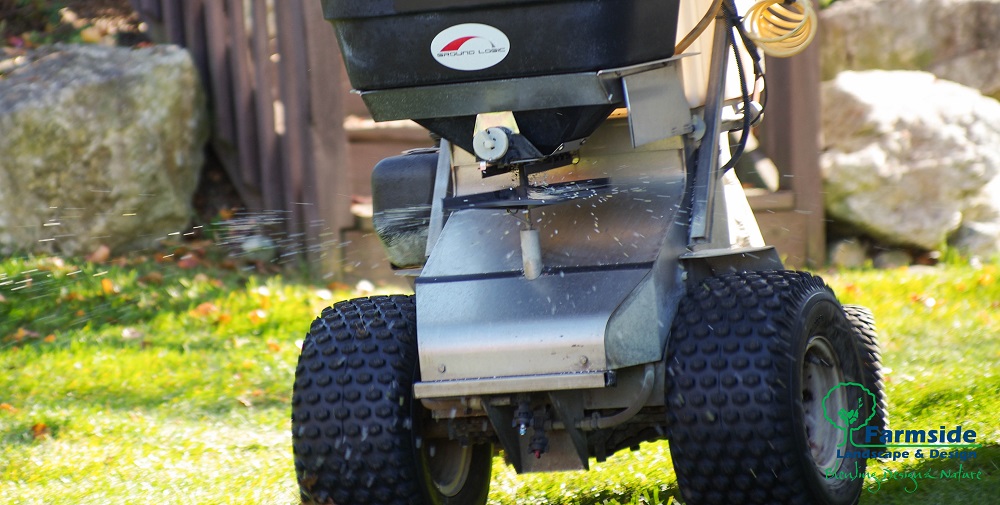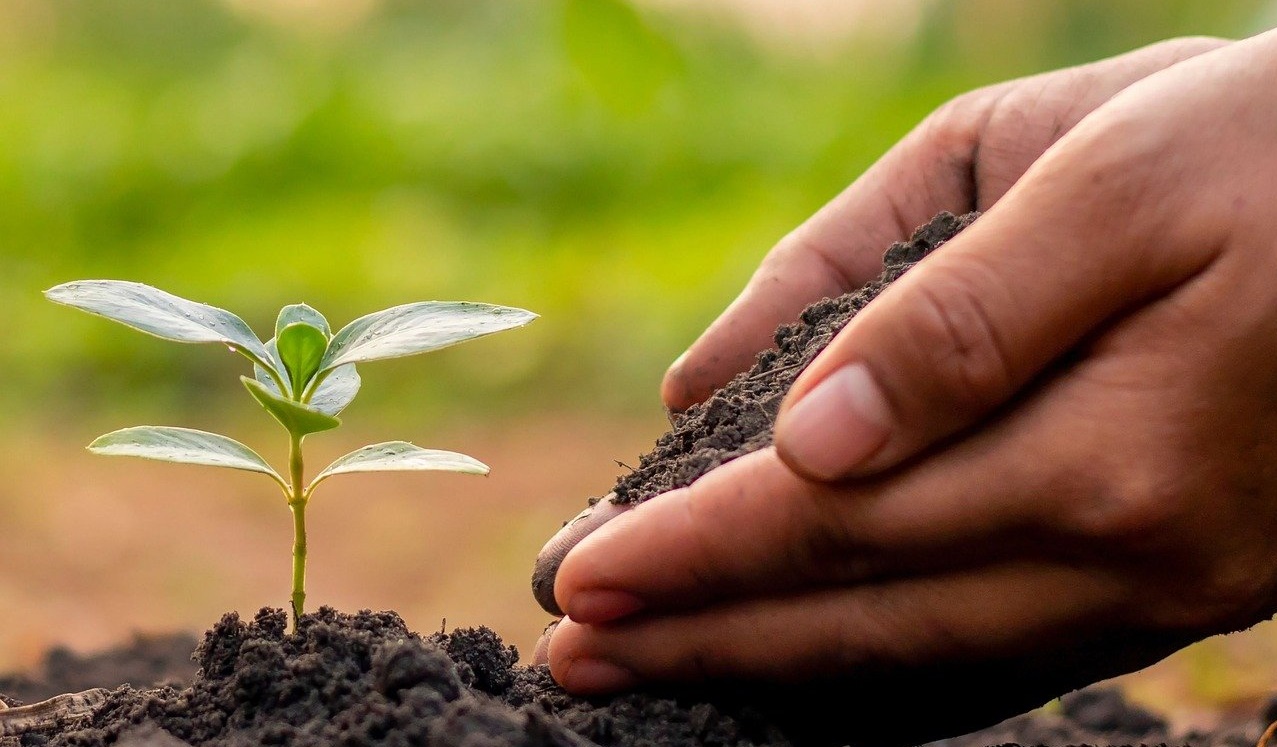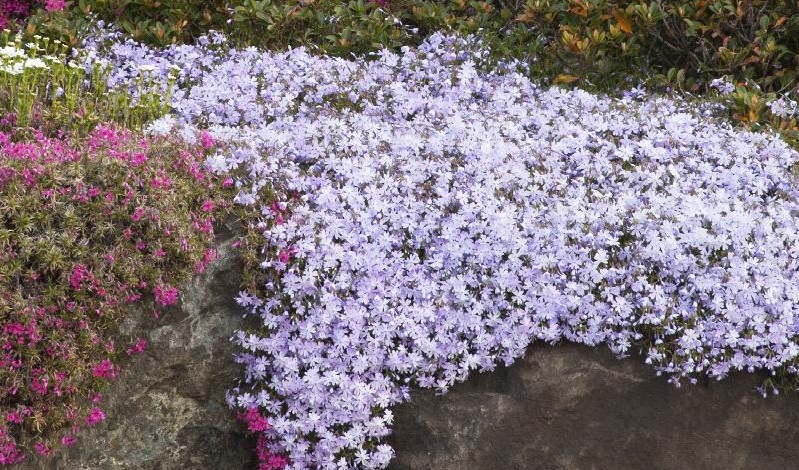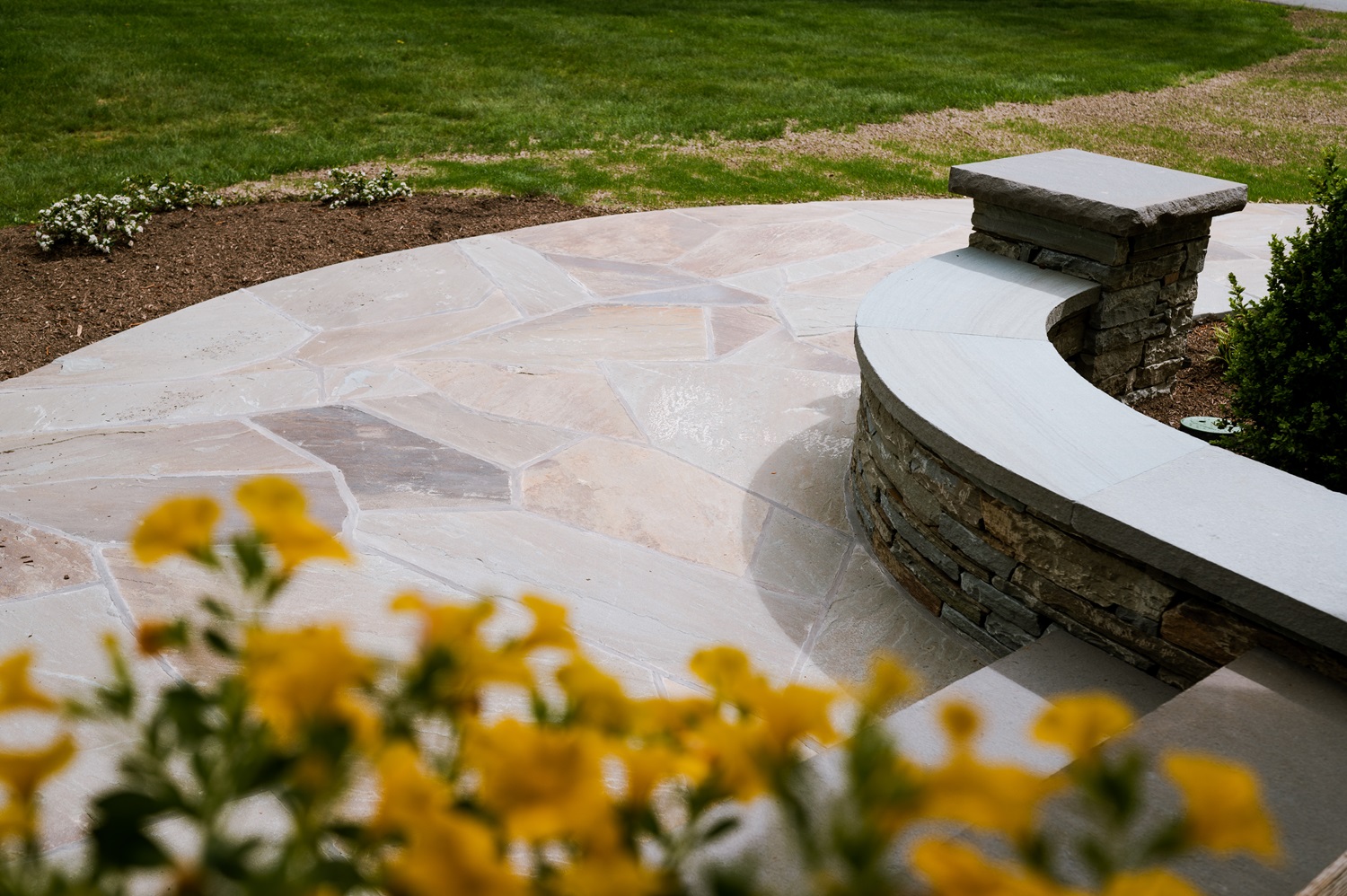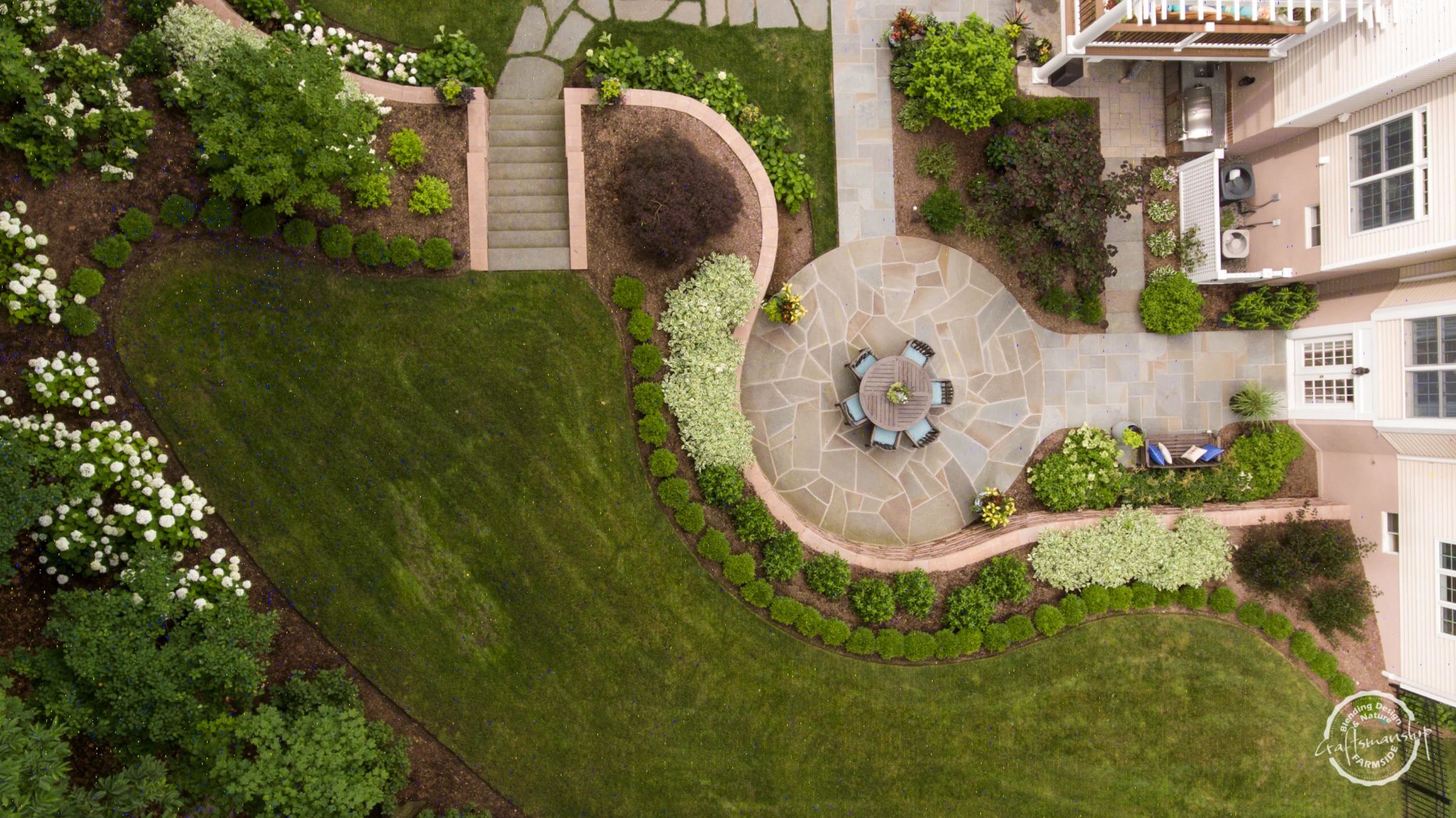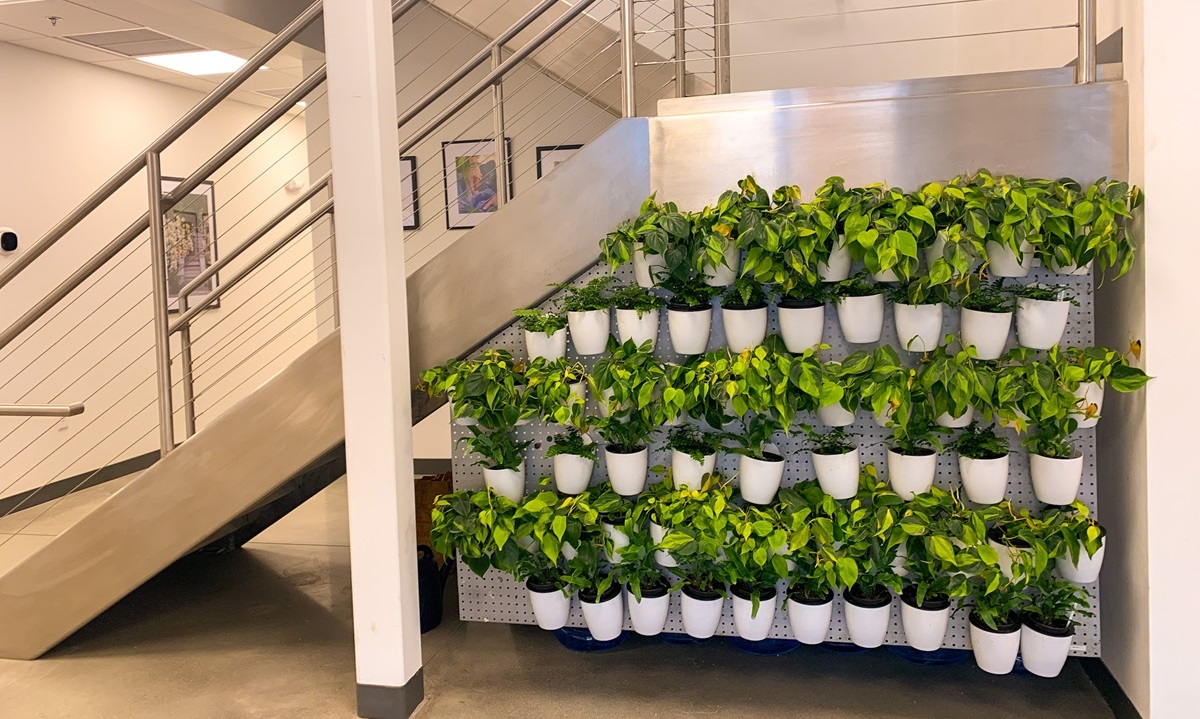Confused about whether or not you should fertilize your landscape during the fall? Here are some tips that can help:
- The goal of fertilizing in the fall is to encourage healthy root growth to help plants weather the oncoming winter and bounce back more quickly in the spring.
- The timing and the amount of fertilizer used is important so you’re not encouraging too much new growth in perennials, which can be too tender and suffer damage from the approaching freezing temperatures.
- Opt for high-quality, slow release fertilizers for maximum benefits.
- Quick reminder of NPK: The numbers on fertilizer packages (10-10-10/10-4-3, etc.) reference N (Nitrogen for foliage growth), P (Phosphorus that stimulates root growth) and K (Potassium, essential for cell function and overall plant health).
- While we think of “fertilizing plants,” we’re actually fertilizing the soil. This is an important concept to understand so you’re not purchasing different types of fertilizers for different plants. Plants will extract the right amount of Nitrogen, Phosphorus or Potassium for their specific needs from a healthy, fertile soil. That’s why we recommend…
- Testing your soil. This is the simple most important step in caring for your plants and lawn properly. You can contact us here at Farmside for soil testing or purchase a kit from your local Extension office.
- You’ll find a myriad of fertilizers on the market that make claims about boosting root growth, flowers or greening. Knowing the composition of your soil is so important because, for example, there is no need to purchase a fertilizer that’s higher in phosphorus if the level of it in your soil is fine. A simple, all purpose 10-10-10 fertilizer will suffice.
- Carefully follow the directions on the fertilizer package for usage amounts. More is not better here, and can in fact, actually hurt your plants or lawn. A 10-10-10 fertilizer and a 20-20-20 fertilizer are essentially the same thing in terms of ratio of nutrients, but a 20-20-20 product is more concentrated, so it’s important to properly follow package directions.
- Fertilize your lawn twice in the fall – once early in the season to help it recover from summer heat dormancy and later in the fall (November) to encourage strong root growth.
- Fertilize perennial garden soil in early fall, to encourage good root growth that will help the plants survive the winter and re-establish themselves earlier in the spring and so you won’t encourage new growth too close to when freezing temperature start to happen.
- Not all trees and shrubs need to be fertilized (in fact, some shouldn’t), but if you see pale green, undersized leaves, insect damage, dieback or dead branch tips or if you have items that were newly planted this year, fertilizing the soil towards late fall will give your trees and shrubs a healthy boost to prepare for winter. For larger specimens, a good rule of thumb to remember is that the roots spread out about 1.5 X the diameter of the tree’s or shrub’s branches, so make sure the soil is fertilized to at least that point.
- Flower and vegetable garden beds benefit from a mild fertilizer feeding in the fall after flowers are spent and vegetables are harvested. This is better for the soil than a heavier dose of fertilizer in the spring.
- Some soils around perennials/shrubs should not be fertilized in the fall, since the new growth that would be stimulated for these plants could be too fragile for the winter, causing damage and ultimately harming the plant. Included in this category would be roses, rhododendrons, blueberries and citrus.
- Use a high-quality, slow-release granular fertilizer. Rake the ground to break it up, then sprinkle the fertilizer granules over the top and water slowly and well (don’t blast or flood the area with water – you’ll just wash away the fertilizer). You can also mulch over the fertilized soil, then water generously so it penetrates into the ground.

